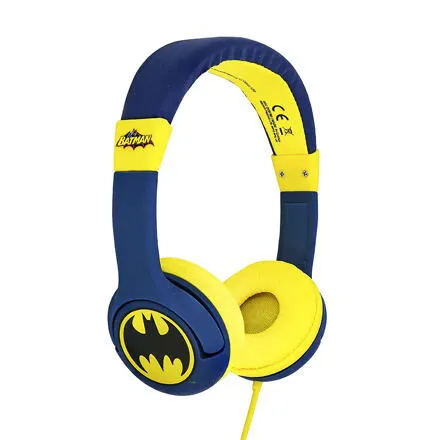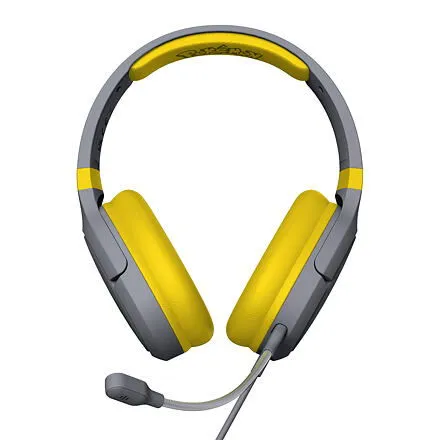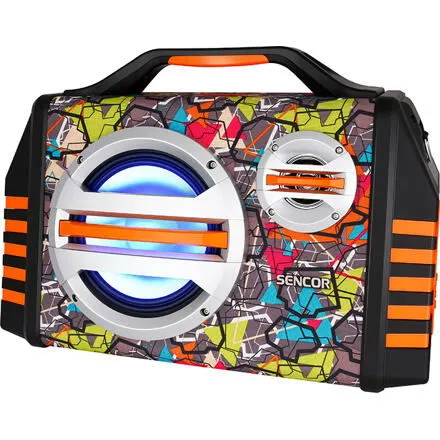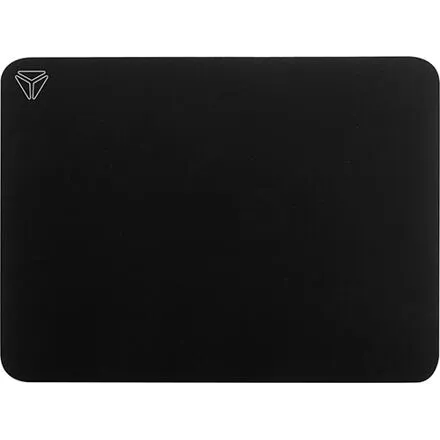Input Devices
Input devices are essential components in the realm of electronics, specifically designed to facilitate interaction between users and computers or other digital systems. These devices, which include keyboards, mice, trackpads, and game controllers, serve a fundamental role in enabling users to input data, execute commands, and navigate digital environments. Whether you are a casual user, a professional gamer, or someone working in graphic design, selecting the right input device can significantly enhance your overall experience and productivity.
When choosing an input device, several key factors should be considered to ensure that it meets your specific needs. First and foremost, the type of input device is crucial. For instance, a mechanical keyboard may be ideal for typists and gamers due to its tactile feedback and durability, while a wireless mouse offers convenience and flexibility for those who prefer a clutter-free workspace. Additionally, the ergonomics of the device should not be overlooked; an ergonomic design can help prevent strain during prolonged use, making it a vital consideration for anyone who spends long hours at their computer.
Another important parameter to evaluate is the connectivity options available. Wired devices typically offer a more stable connection and do not require batteries, while wireless devices provide greater freedom of movement. However, wireless devices may introduce latency or require regular charging. The material and build quality of the input device also play a significant role in its longevity and performance. High-quality materials can enhance durability, while features such as customizable buttons or backlighting can add functionality and personalization.
Each variation of input devices comes with its own set of advantages and disadvantages. For example, while a gaming mouse may offer high precision and customizable settings, it may not be necessary for everyday tasks like browsing the web or writing emails. Similarly, a compact keyboard may save space but could compromise comfort for users with larger hands. Understanding these trade-offs is essential for making an informed decision that aligns with your usage patterns.
To maximize the lifespan and performance of your input devices, proper maintenance and care are essential. Regularly cleaning your keyboard and mouse can prevent the buildup of dust and grime, which can affect functionality. For mechanical keyboards, consider using keycap pullers to clean between the keys without damaging them. Additionally, keeping your devices updated with the latest firmware can enhance performance and introduce new features.
Combining input devices with complementary accessories can further enhance your experience. For instance, using a mouse pad designed for gaming can improve tracking accuracy, while a wrist rest can provide additional comfort during long typing sessions. If you are a gamer, pairing your gaming mouse with a high-refresh-rate monitor can create a more immersive experience. Similarly, utilizing software that allows for customization of input device settings can help tailor the device to your specific needs, whether for gaming, design, or general use.
In conclusion, selecting the right input device involves careful consideration of various factors, including type, ergonomics, connectivity, and material quality. By understanding the advantages and disadvantages of different variations, as well as implementing practical maintenance tips, users can ensure that their input devices serve them well for years to come. Ultimately, investing time in choosing the right input device and combining it with suitable accessories can lead to a more efficient and enjoyable digital experience.
show more text











